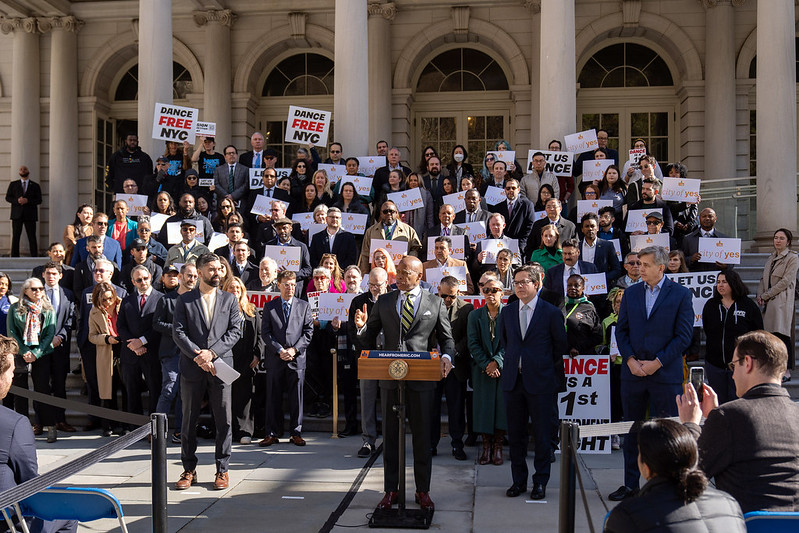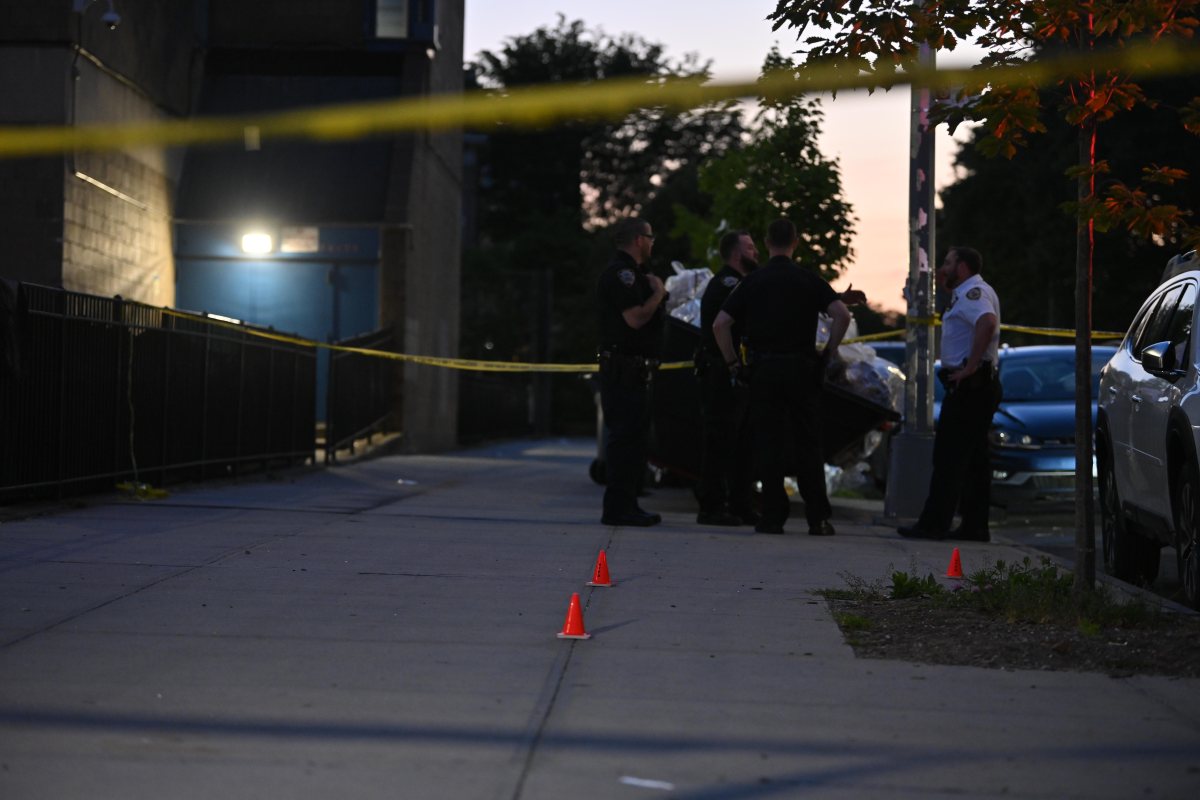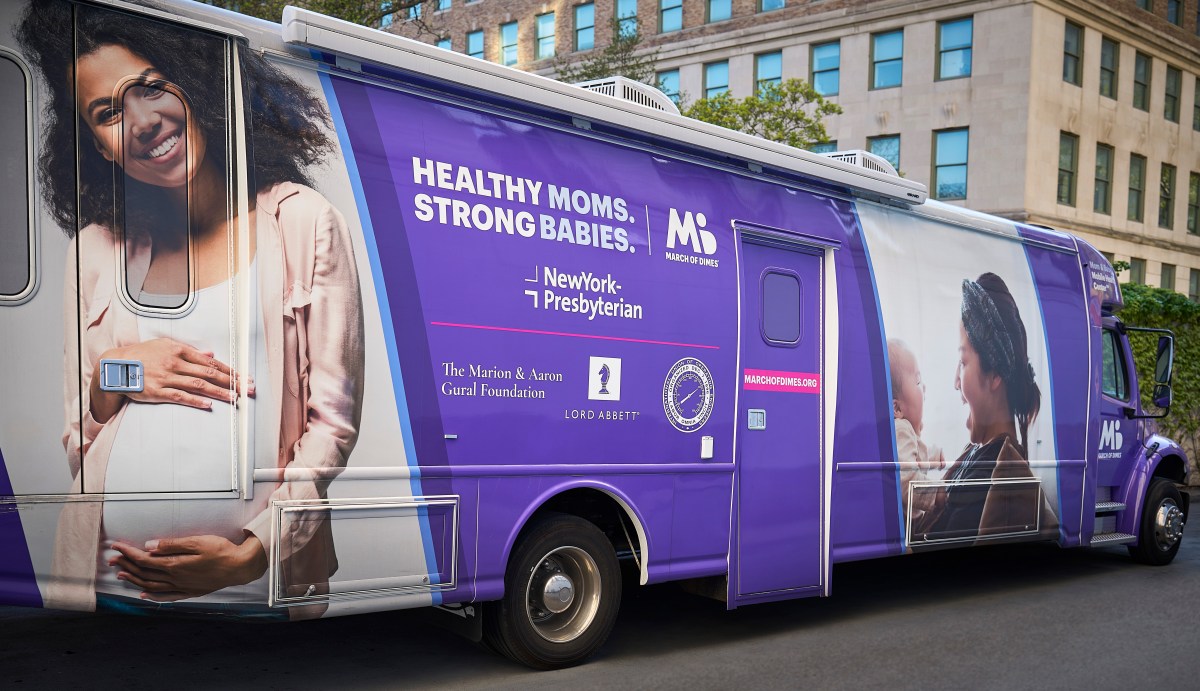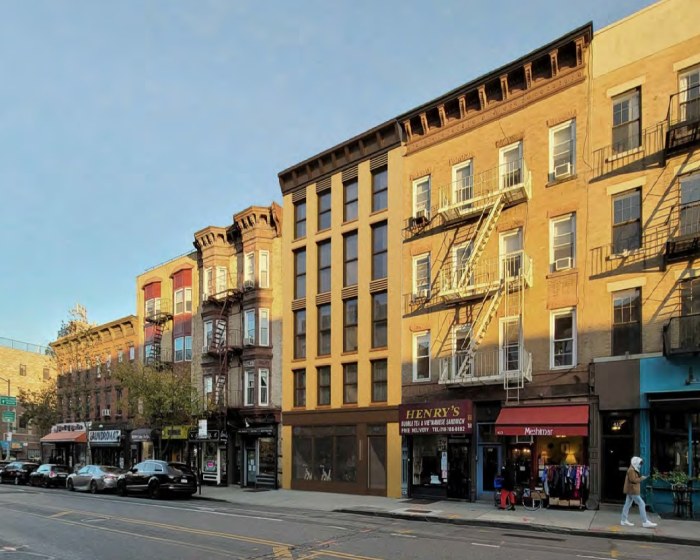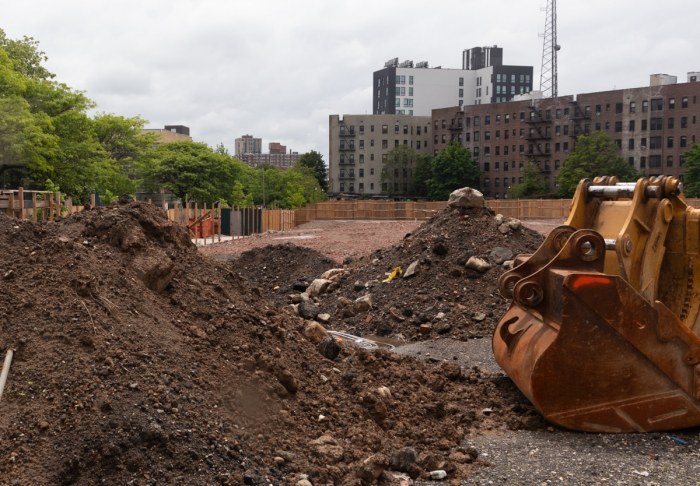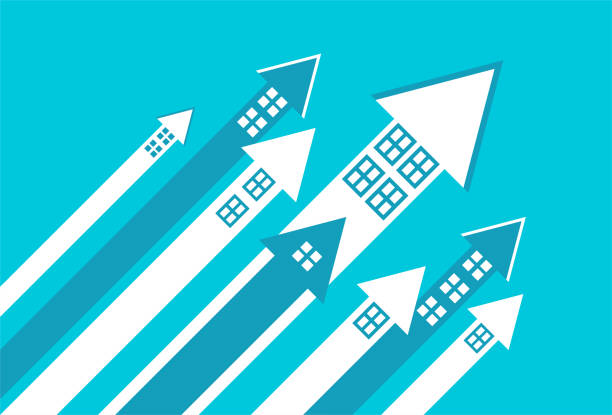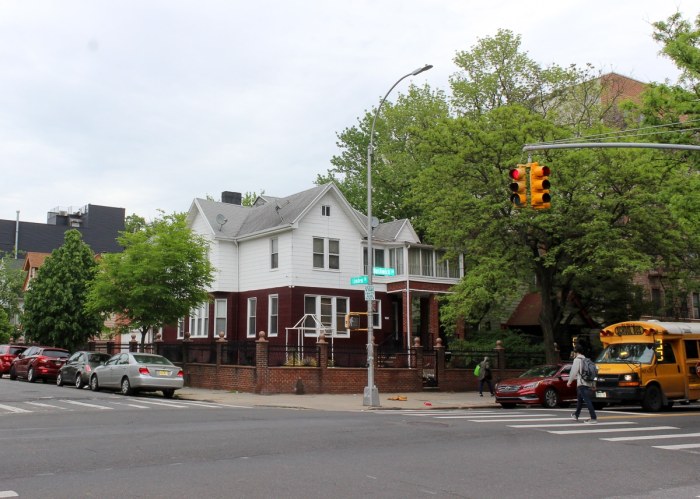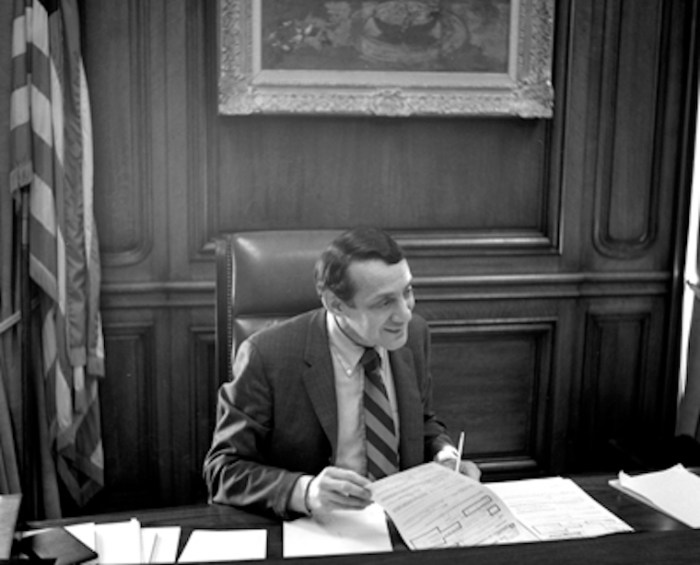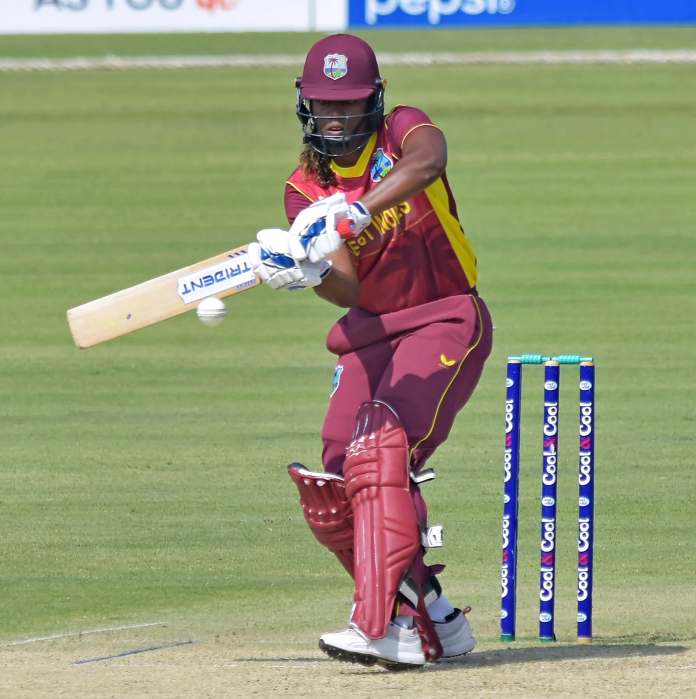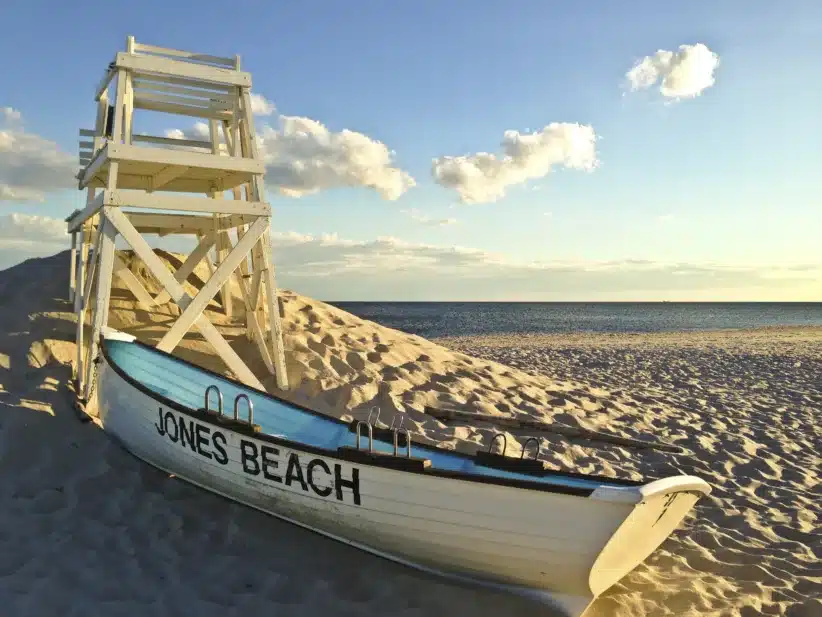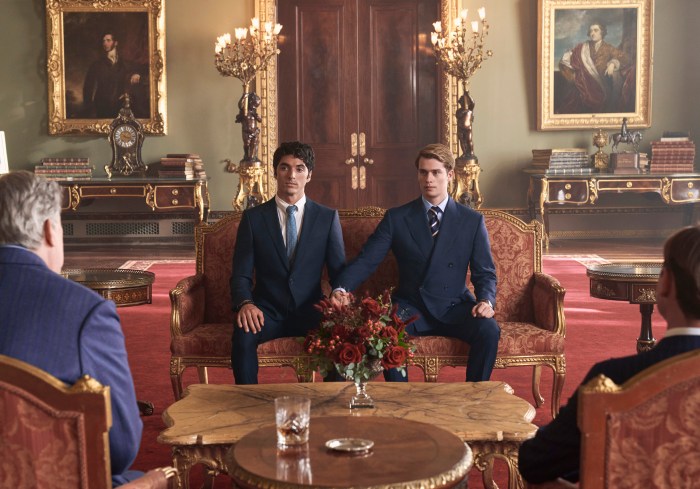A glitzy tower now in the works for Downtown Brooklyn will be even larger than its 400-foot-tall neighbors, thanks to a city subsidy to builders of affordable housing.
Developer Donald Capoccia, of BFC Partners, unveiled plans this week to build 48 units of affordable housing on the eastern edge of Fort Greene in exchange for a zoning bonus that will allow him to build bigger than would be permitted otherwise on the Downtown site at Myrtle Avenue near Prince Street and Flatbush Avenue Extension.
His Flatbush Avenue tower, one block south of the Manhattan Bridge, will soar 40 stories and include 240 condos, 48 of which will be reserved for moderate-income residents.
Affordable housing advocates have said that this inclusionary bonus promotes class segregation by allowing developers to receive valuable air rights at a luxury site while building the affordable housing elsewhere within the Community Board.
In this case, the developer will build the affordable units nearly two miles away, on Quincy Street at the intersection of Classon Avenue and Downing Street at Community Board 2’s easternmost boundary near Bedford-Stuyvesant. The Pratt Area Community Council [PACC] will manage the six-story building.
PACC executive director Deb Howard said that she and the developer both regretted the need to build the affordable housing off-site.
“But this particular developer made every effort to have the inclusionary housing right on site,” she said. “He could not, so we had to go looking for sites farther afield in the Community Board.”
According to PACC, the developer had tried to negotiate to buy an adjacent lot but lost the parcel to another developer who is now building a mixed-income building on the site.
A spokesman for the Downtown Brooklyn Partnership, which is spearheading the implementation of the city’s Downtown Brooklyn Plan, dismissed the notion that off-site affordable housing promoted segregation.
“This development is creating more housing for all levels of income,” said spokesman Shane Kavanagh.
The Quincy Street units will be rentals. Thirty-eight of the 48 will be available for people with incomes under $35,450 — the area’s median income. Nine units will be reserved for residents with incomes that fall below $21,270, or 30 percent of the AMI, and the final apartment will be reserved for a super.
The developer will also receive state and federal low-income tax credits for creating the 96 affordable units as well as lucrative transferable air rights building certificates — which will allow him or other developers to build outside of zoning rules.
Capoccia plans to sell the certificates that he didn’t already put towards his Myrtle Avenue project to another developer, according to Gary Rodney, a spokesman for BFC.







